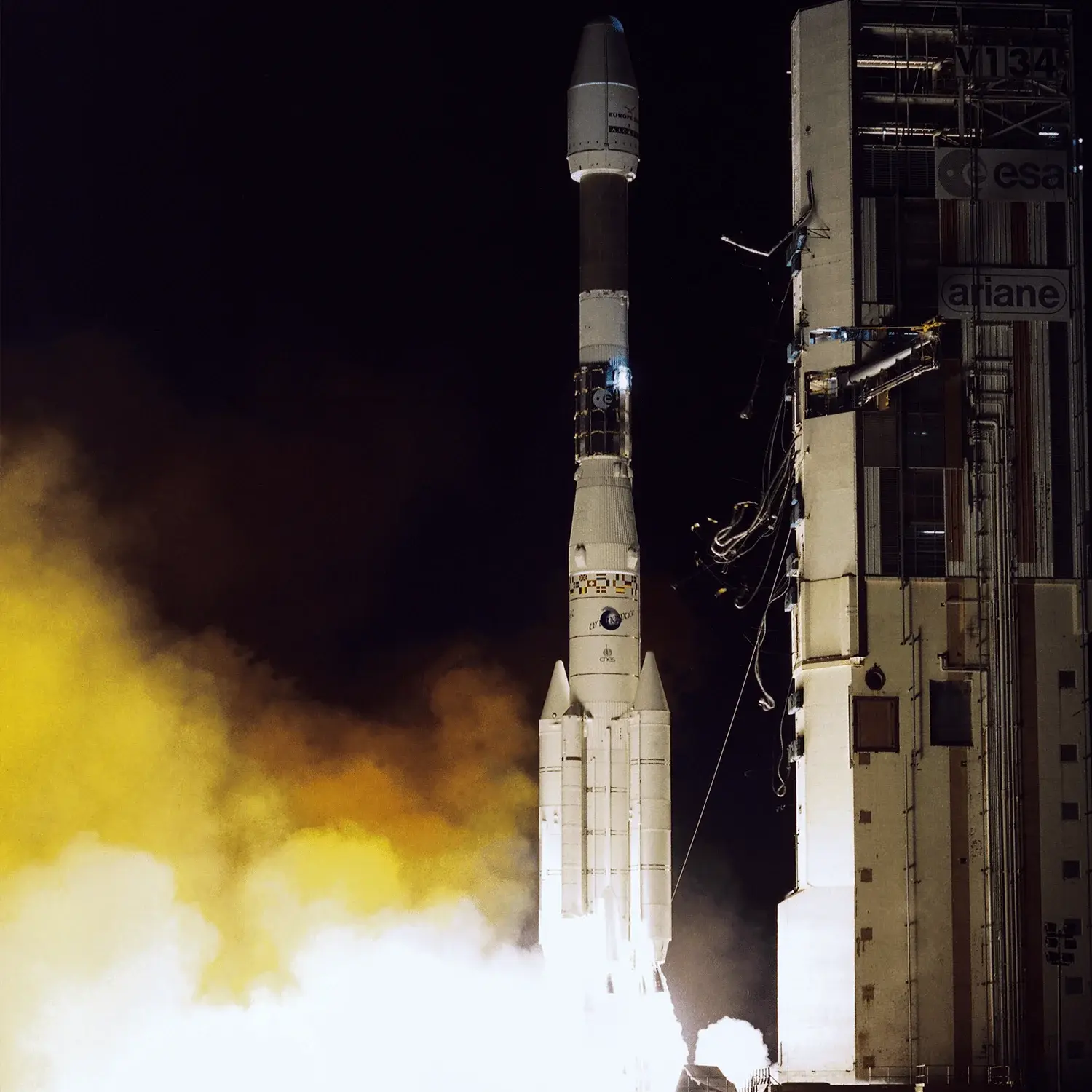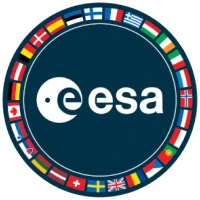Astra 1B & Météosat 5
Launch Success
Liftoff Time (GMT)
23:36:00
Saturday March 2, 1991
Mission Details
Launch Notes
Flight V42.
Astra 1B
Astra 1B was the second of the Astra communications satellites launched and operated by SES (Société Européenne des Satellites). SES bought the satellite from failed DBS company Crimson Satellite Associates while still under construction by GE AstroSpace (as Satcom K3). It was launched to add extra capacity to the satellite television services from 19.2° east, serving Germany, the UK, and the Republic of Ireland. It was believed to have been launched in a faulty condition, and suffered a thruster failure early in its life, causing minor drift, meaning that it became permanently difficult to obtain a steady lock on the satellite. This was most notable on analogue transmissions where the picture would move from clear to carrying sparklies and back again.
Geostationary Transfer Orbit
1 Payload
1,562 kilograms
Météosat 5
The Météosat satellite system is an example of a very successful European endeavour. First designed in the early 1970s, the first model was launched in 1977, and the same design is expected to be in use until at least the end of 2003. The expected 26 years of operational service amply justifies the initial development effort. A few relatively minor design changes were introduced after Meteosat-3. The overall size of the satellite is 2.1 meters in diameter and 3.195 meters long. Its initial mass in orbit is 282 kg. Additional to this dry mass is the hydrazine propellant used for station-keeping, amounting to approximately a further 40 kg at the beginning of life. In orbit, the satellite spins at 100 rpm around its main axis, which is aligned nearly parallel to the Earth's north-south axis.
Geostationary Transfer Orbit
1 Payload
282 kilograms
Rocket


Manufacturer
ESARocket
Diameter: 3.8m
Height: 58.72m
Payload to Orbit
GTO: 4,220 kg
Liftoff Thrust
5,800 Kilonewtons
Stages
3
Strap-ons
4
Launch Site
Stats
Ariane 4
14th
Mission
2nd
Mission of 1991
European Space Agency
33rd
Mission
2nd
Mission of 1991
1991
15th
Orbital launch attempt